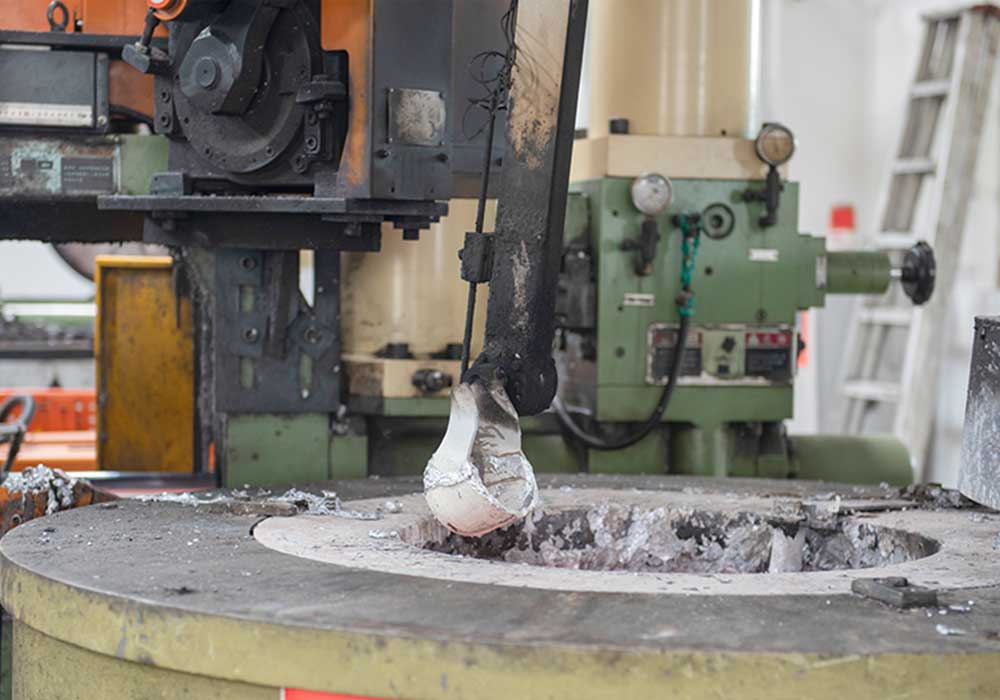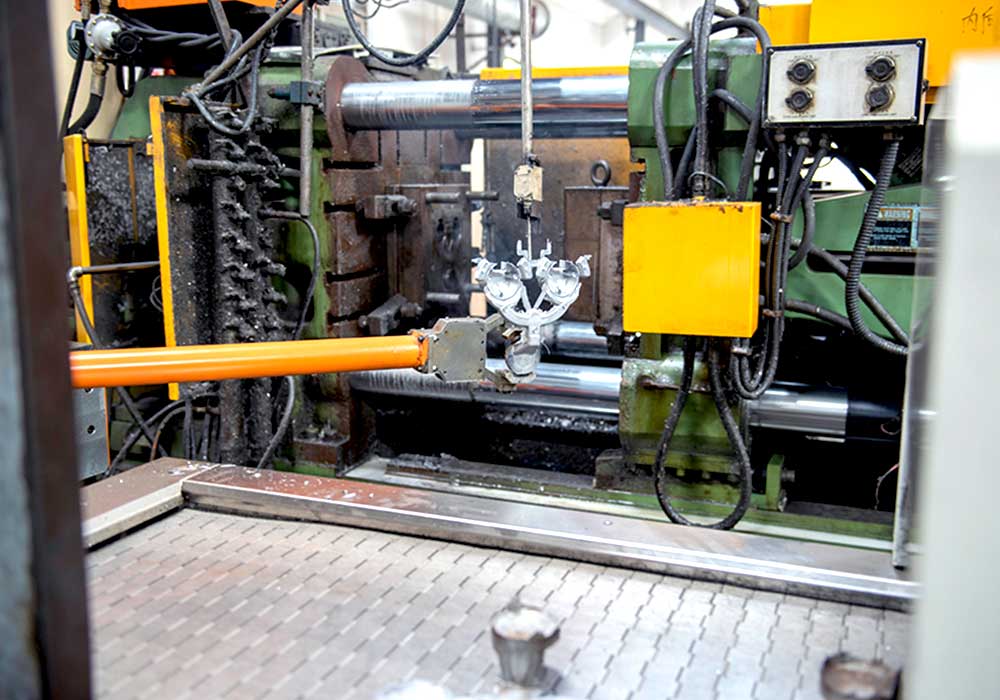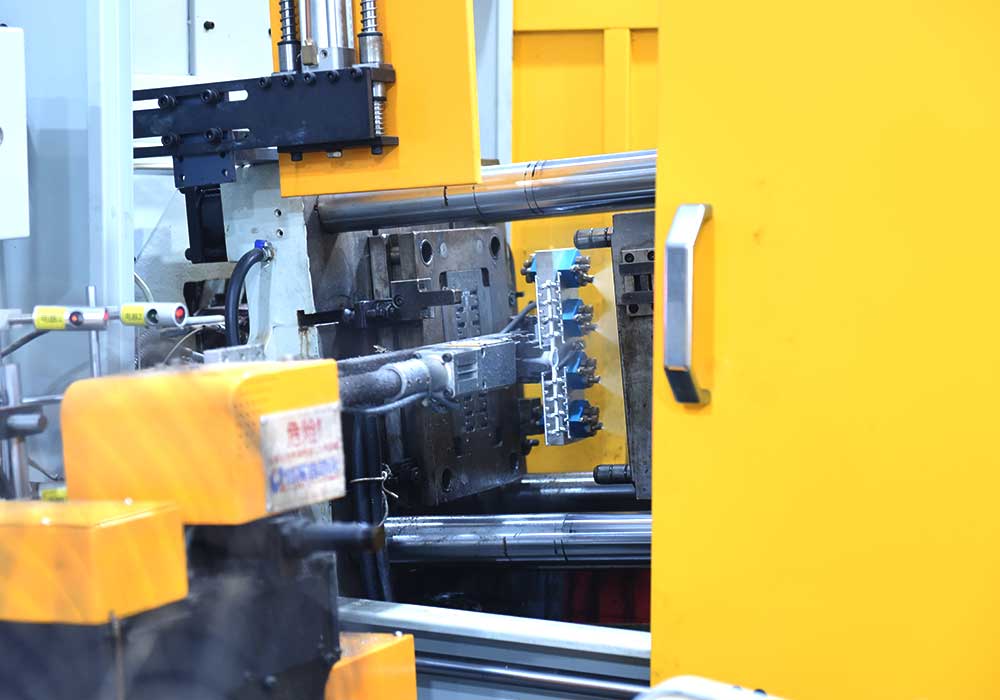As is well known, aluminum alloy die castings are currently widely used in products of various industries. Most of them have certain decorative requirements, such as lighting components, furniture fittings, electronic equipment accessories, architectural decoration, bathroom accessories, toys, etc. Therefore, relatively high requirements are imposed on the surface quality of die castings, and good surface treatment performance is also required. The most common defect in aluminum alloy die castings is surface blistering. Generally, it can be detected right after die casting, or it may also become evident after polishing or further processing.The reasons for the formation of bubbles are mainly as follows:
During the production process, if the mold temperature is either too high or too low, it is likely to cause blisters on the surface of the die casting. When the mold temperature is too high, the solidification speed of the alloy liquid in the mold slows down, making it easy for gases to be entrapped, thus resulting in blistering on the surface of the die casting. On the other hand, when the mold temperature is too low, the fluidity of the alloy liquid in the mold deteriorates, and gases may not be able to be discharged in a timely manner, which will also lead to the formation of blistering.

During the production process, the debugging parameters of die casting are of great importance. When the parameters are unreasonable, blisters may form on the surface of the die casting. Firstly, insufficient injection pressure fails to fully compact the alloy liquid, and gases cannot be effectively discharged, which may lead to blistering. Secondly, if the die casting speed is too fast, turbulent flow will be generated in the cavity by the alloy liquid, entrapping gases and possibly resulting in blistering. Thirdly, if the holding pressure time is too short, the die casting will not receive sufficient pressure during the solidification process, and gases may easily precipitate from the alloy liquid to form blistering.

The alloy liquid may contain excessive amounts of gases, such as oxygen and hydrogen. If these gases cannot be completely discharged during the die casting process, blisters will form in the die casting. In addition, when the temperature of the alloy liquid is either too high or too low, it will also affect the solubility and discharge speed of the gases, which may also lead to the formation of blistering.

During the production process, release agents may also be a crucial factor in the formation of blisters. If the quality of the release agent is poor, it may react with the alloy liquid, thereby forming blisters. Additionally, if the release agent is sprayed too much or unevenly, gases may be generated during the die casting process, causing the die casting to blister.

In conclusion, there are multiple reasons for the surface blistering of aluminum alloy die castings. During the production process, we must control each aspect carefully to reduce the occurrence of blistering on the surface of die castings, improve the yield rate of die castings, and reduce the production loss cost.
Copyright © 2023 :Guangdong Shine-Choose Smart Manufacturing Co., Ltd